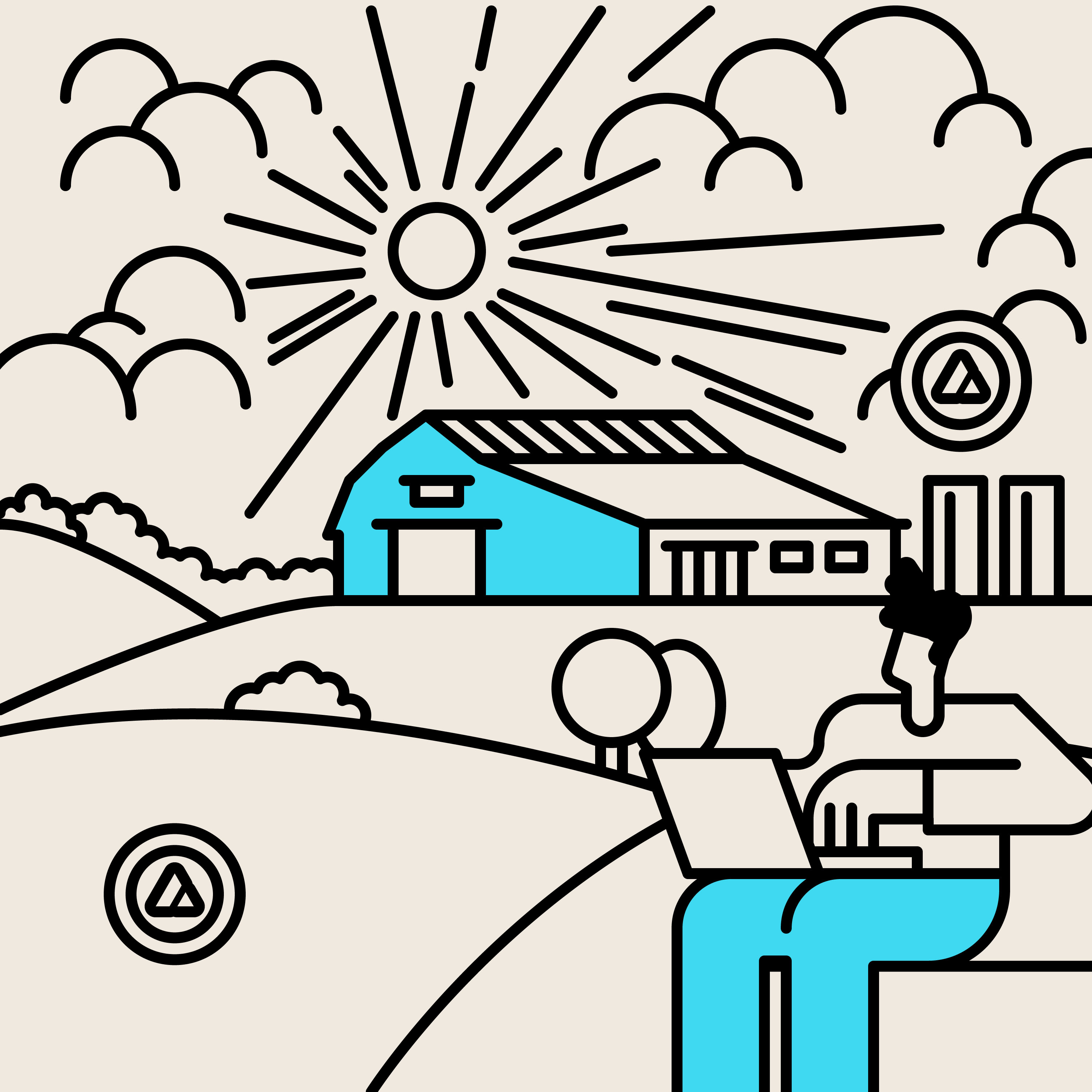The Owl Explains Hootenanny
We aim to bridge the gap between the builders of Web3 and the people shaping the rules. On the our podcast, you’ll hear from policymakers, developers, academics, and others working at the edge of tech and regulation. We ask the questions everyone’s actually wondering and keep it easy to follow.
Hootenannies
Hootenannies are informal gatherings where folk musicians would jam in front of a crowd. In the same spirit, we like to bring together blockchain innovators, lawyers, technologists and policymakers for laid-back conversations on the regulatory landscape of Web3.

Ep 58: Inclusion Is Infrastructure: Diversity and Design in Web3
Crypto says it’s for everyone — but who’s actually building the future? Michelle O’Connor, founder of The Digital Future, joins us to talk about inclusion, innovation, and why the next wave of Web3 depends on who’s in the room. From breaking down crypto’s insider language to creating real access for builders across different backgrounds and regions, Michelle shares how diverse voices are shaping the next era of Web3. Together, we explore what happens when the people designing the technology finally reflect the world it’s meant to serve. 🎧 Listen on Spotify and Apple Podcasts.

Ep 57: Fine Wine Meets Web3: Provenance, Liquidity, and Trust
What happens when Bordeaux meets blockchain? Connor Daly, CTO of CruTrade, explains how tokenizing wine on the blockchain is transforming a $25B industry with transparency, traceability, and a whole new kind of cellar. By unlocking instant liquidity and aligning incentives, the model empowers producers with fairer economics and gives collectors and consumers trusted access to the world’s finest bottles. Discover more at crutrade.io 🎧 Listen on Spotify and Apple Podcasts.
US Congress
We feature smart, candid conversations with members of US Congress who are shaping the future of blockchain and Web3. Whether they’re crafting policy, asking tough questions, or just getting curious about crypto, these episodes bring you front-row access to how decisions get made—and why they matter.

Ep 47: US Rep. William Timmons (R-SC)
With stablecoin and market structure bills moving fast, and NFTs waiting in the wings, Rep. William Timmons explains how 2025 could finally bring clarity, credibility, and competitiveness to digital assets. From reshoring innovation to rethinking how government spends money, he walks us through the big vision—and the even bigger questions—behind America’s crypto comeback.

Ep 46: Chairman Glenn Thompson (R-PA-15)
US House Agriculture Chairman GT Thompson breaks down what blockchain has to do with wheat futures, GPS networks, and bipartisan cooperation. He shares how Congress is handling blockchain’s regulatory gray zones through committee cooperation and public input. It’s a grounded discussion of what’s being built, what’s still unclear, and why it matters. 🎧 Listen now on Spotify and Apple Podcasts 👓 Read "A Blueprint for Digital Assets in America" co-written by Representatives French Hill and Glenn Thompson.
Ava Labs x CBER
We are proud to partner with the Crypto and Blockchain Economic Research (CBER) Forum on this academic podcast series called Crafting the Crypto Economy podcast series. These feature deep dives into notable research subjects such as lending platform economics, DEX design, DAO governance, and much more.

Ava Labs x CBER Ep 13: Stablecoins and Digital Payments
This episode covers the digitization of payments and the rise of stablecoins. We discuss China’s CBDC project, the success of USD stablecoins, and the barriers to broader stablecoin adoption. We also examine how stablecoins could reshape the modern payment infrastructure. Guests: Lin William Cong (Cornell University), Simon Mayer (Carnegie Mellon University) Paper: https://papers.ssrn.com/sol3/papers.cfm?abstract_id=4063878 🟢https://open.spotify.com/episode/3wECfvSkePcU2sKyFayxDF 🟣 https://podcasts.apple.com/us/podcast/ava-labs-x-cber-ep-13-stablecoins-and-digital-payments/id1706838957?i=1000737258244

Ava Labs x CBER Ep 15: Contagion in Decentralized Lending Protocols
This episode examines Decentralized Lending Protocols (DLPs) and the contagion that can arise due to assets lent to one pool serving as collateral in a different pool. We discuss efficient design of DLPs and mitigations for managing risk. Guest: Julien Prat (CNRS Researcher CREST, Ecole Polytechnique, IP Paris) Paper: https://papers.ssrn.com/sol3/papers.cfm?abstract_id=5380164 🟢 https://open.spotify.com/episode/7BY4mEfcPc9xlWH0Gd54RJ 🟣 https://podcasts.apple.com/us/podcast/ava-labs-x-cber-ep-15-contagion-in-decentralized-lending/id1706838957?i=1000737261429

